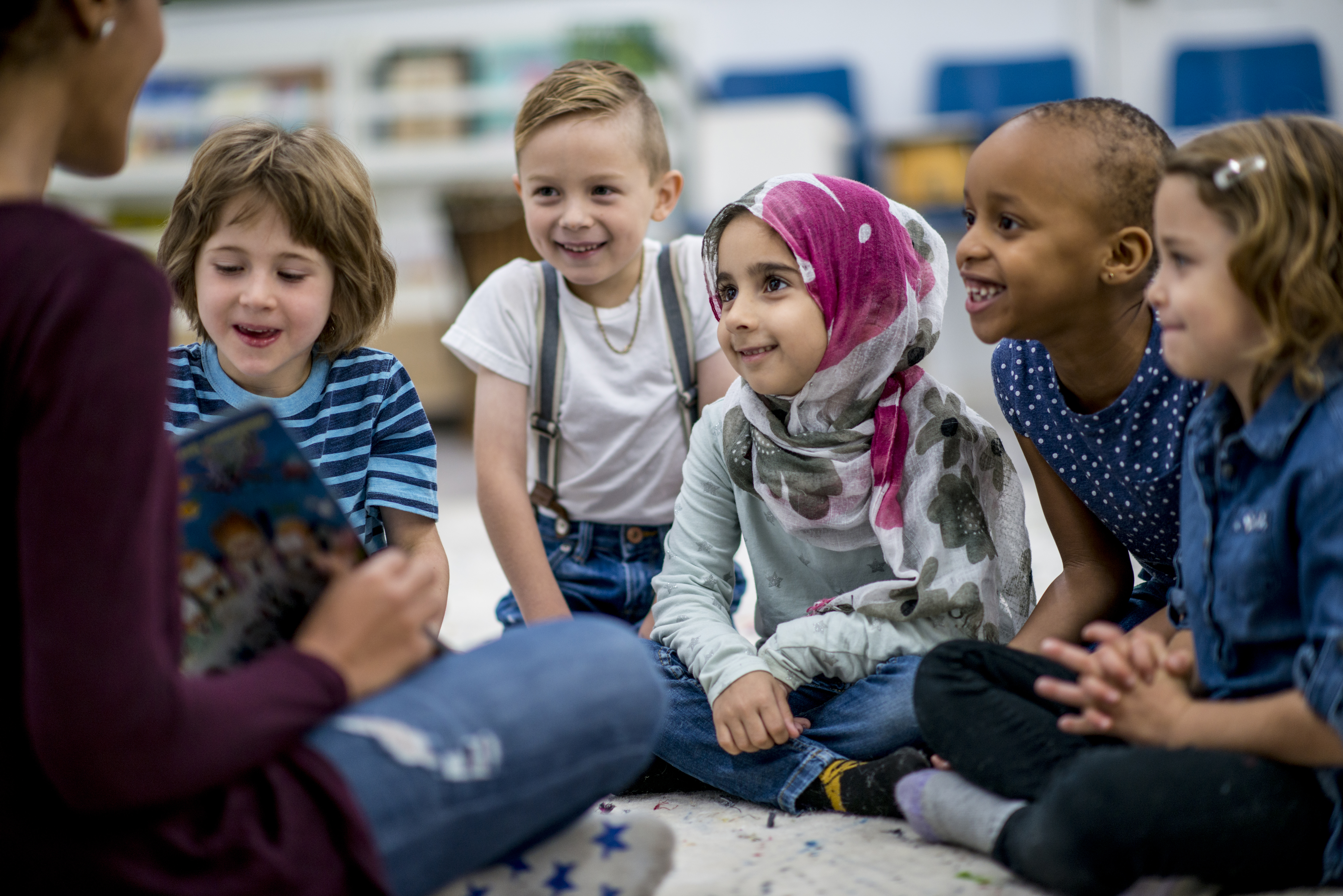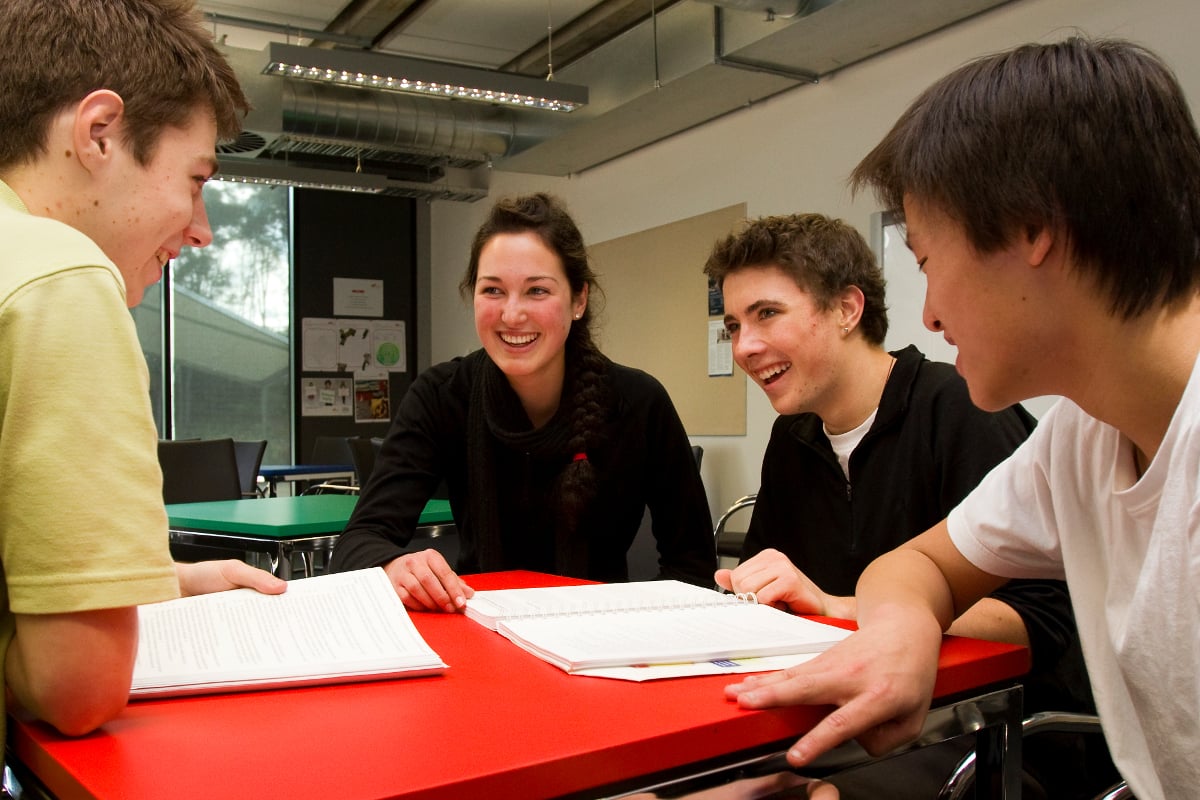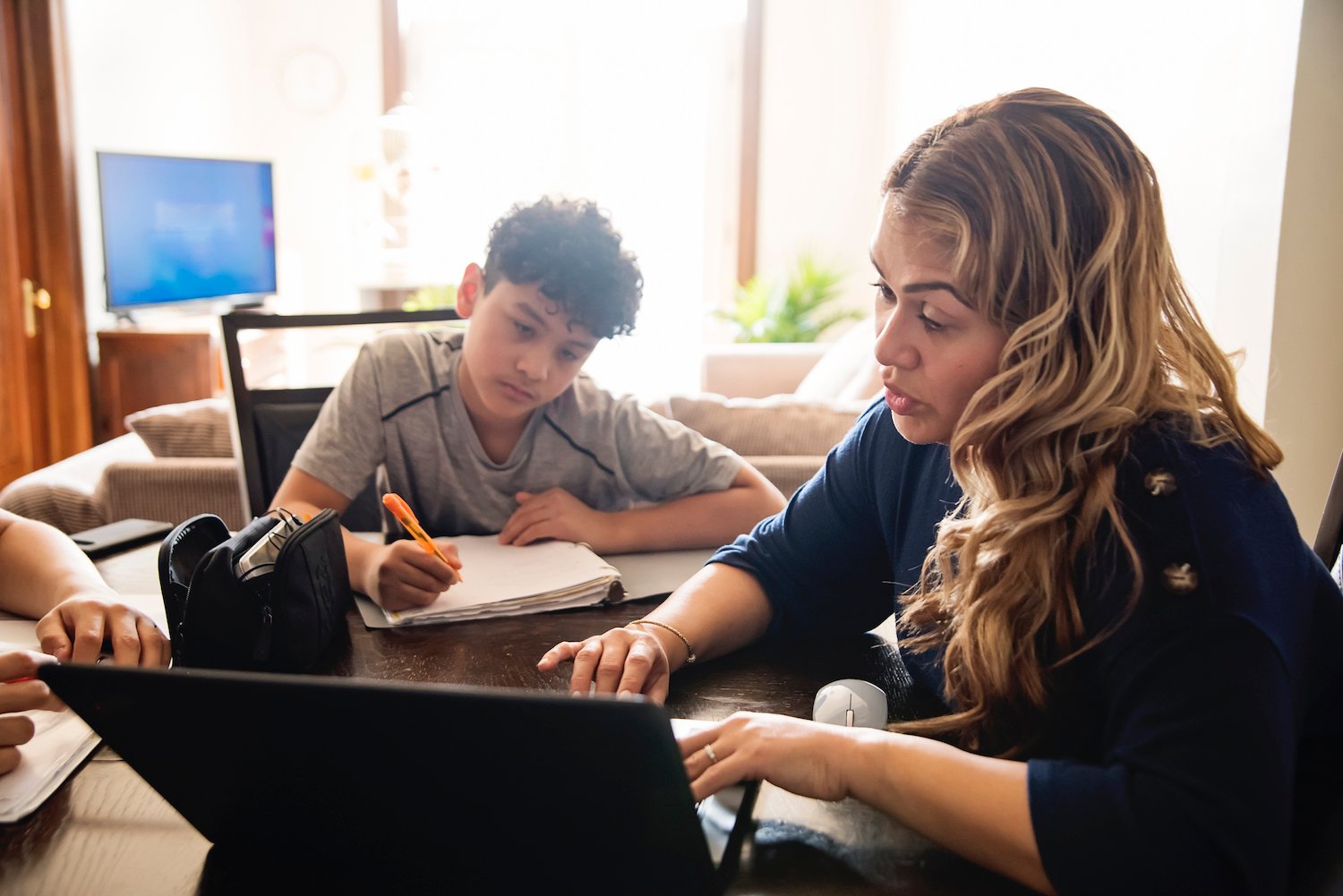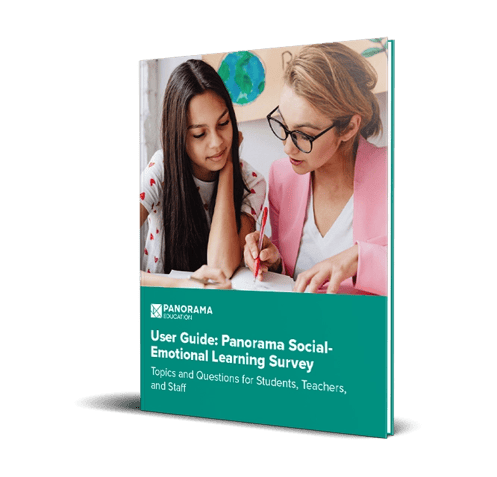Social-emotional learning (SEL) is an essential part of child development. Elementary school students not only need to learn academic content, but they also need to learn social-emotional skills, like managing their own emotions, developing positive relationships, problem solving, and learning how to be part of a community.
Research shows that providing opportunities for social-emotional learning is essential to educating the whole child. SEL competencies support academic performance and are strongly linked to well-being and mental health and wellness.
As educators and school leaders, we have the opportunity to bring SEL skills into our schools and classrooms every day. Lessons and activities that strengthen students' social and emotional development can provide a strong foundation for academic success.
These activities don't have to take a lot of time or planning in order to have a huge impact on your students. Below, you’ll find six low-lift strategies from leading SEL program providers you can use throughout the school day to help your students develop each of CASEL's five core competencies of SEL:
- Box Breathing (Self Awareness, Self Management)
- I Have, I Am, I Can (Self Awareness, Self Management)
- Behavior Challenge (Social Awareness, Relationship Skills)
- Support Systems (Self Awareness, Relationship Skills)
- Super Star Icebreaker (Social Awareness, Relationship Skills)
|
Pro Tip: Through Panorama's Playbook, educators can access research-backed lesson plans and interventions from leading social-emotional learning program providers such as Everyday Speech, The Rooted School, Give Thx, Edumotion, Better Kids, Playworks, and many others! |
1. Box Breathing
.png?width=200&name=Everyday%20Speech%20Logo%20(1).png)
Courtesy of Everyday Speech
Overview: This activity guides students through the process of Box Breathing, a technique where students draw a box shape into the palm of their hand with their finger to guide their slowed breathing and calm their nervous systems. Box Breathing is a great tool for elementary students because no equipment is needed! Encourage students to use this self-regulation technique independently when experiencing emotional distress.
Instructions for Implementation:
Teachers will play this video which fully demonstrates and teaches box breathing for their class. Teachers follow the actions in the video to model for and assist any beginning students who require support.
Box Breathing regulates the autonomic nervous system. In fight-or-flight mode, our heart rate and body temperature rise. Controlled, deep breathing returns us to a calm state, allowing clarity in rational thoughts and the ability to sort through feelings. You can use Box Breathing as an introduction to mindfulness practice for elementary students.
Click here to play the Box Breathing Practice video.
|
Pro Tip: Introduce Box Breathing during a morning meeting, or use it as a brain break between instructional time. |
2. I have, I am, I can

Courtesy of The Rooted School
Overview: Taking time to strengthen resilience skills can help you bounce back from the daily adversity and challenges in and out of the classroom. The work of psychologist Edith Grotberg, Ph.D. inspires this mindfulness activity, which focuses on three resiliency points: I Have, I Can, I Am. This activity's growth-mindset focus reminds students that they can manage their feelings through mindset-shifts and identify skills to confront challenges.
Instructions for Implementation:
Prep: Download the facilitator guide and worksheet for I Have, I Am, I Can.
Framing: When the going gets tough, and you feel like giving up, it’s important to remember that your situations and struggles are not what’s important. What really matters is who you have around you, who you are on the inside, and what you can do for your community. Think of three things for each section and write or draw them.
Examples:
- I HAVE:
- People around me who support me no matter what.
- People who set limits for me, so I know when to stop before there is trouble.
- People who show me how to do things the right way by the way they do things.
- People who want me to learn how to do things on my own.
- I AM:
- A person people can like or love.
- A person who likes to do nice things for others.
- Respectful of myself and others.
- Willing to be responsible for my actions.
- I CAN:
- Talk to others about the things that frighten or bother me.
- Find ways to solve problems that I face.
- Find someone who can help me when I need help.
- Control myself when I feel like doing something not right or dangerous.
|
Pro Tip: Remind students to revisit their answers to this activity when they are facing a challenge. |
3. Behavior Challenge
.png?width=200&name=GiveThx-horizonal%20(1).png)
Courtesy of Give Thx
Overview: Students and staff decide on a specific social behavior, value, or social-emotional competency to focus on reinforcing. They set a goal of recognizing the behavior a specific number of times using thank you notes to strengthen their class or school climate, and develop healthy relationships with their classmates.
Instructions for Implementation:
- Prep: Download the Facilitation Guide for "Behavior Challenge."
- Directions: (2 min) Set the challenge time period (i.e. 1 week) and class total goal (i.e. 100 acts of kindness thanked). Remind students of the behavior they will recognize another for. Review its agreed upon definition and an example before starting. You can use this slide deck to introduce the activity.
- Thx Notes: (2 min) Students write a thx note to someone recognizing the specific behavior. Teacher monitors the notes and/or also writes notes to students.
- Modeling: (2 min) Pick examples from ‘Thx Activity’ to help students understand strong note examples and accurate behavior recognition.
- Tips:
- Teaching a behavior first makes this most effective.
- This is a great way to expand what students thank others for
- Consider creating a poster with what the behavior looks and sounds like in action.
- Build on these behaviors and refresh students throughout the school year.
|
Pro Tip: Consider using note-writing as a transition activity, between lessons or as a return from lunch or recess. |
4. Support Systems

Overview: During times of uncertainty, it is important to identify who we feel most supported by. Looking at the essential parts of a flower can be a tangible way for kids to identify their support systems. This activity will help kids think about who those supporters are and how they help them grow. We feel more confident about managing our emotions when we feel supported by positive relationships. Relating growth and emotions to tangible things can be helpful for kids to understand their own growth better.
Instructions for Implementation:
The teacher will use the worksheet to guide the students in identifying their support system. The teacher will explain how each part of the flower represents someone in the child’s support system. The teacher can use this worksheet as a discussion for how each child feels supported by those in their support system.
|
Pro Tip: Invite students to draw pictures of their support system instead of, or in addition to, writing names. |
5. Superstar Ice Breaker Game
.png?width=200&name=Playworks-Logo-horizontal-OFFICIAL%20(1).png)
Overview: This simple, quick game helps students explore and deepen relationships. Icebreaker games promote respect, encourage playfulness, promote inclusion, and build community. Participation in these ice breakers also helps students feel more comfortable engaging in further games and activities, and are a great tool for new groups of students at the start of the year.
Instructions for Implementation:
- Prep: Watch the below overview video explaining how to facilitate “Superstar."
Explain the purpose of the game and the rules. Demonstrate together with another student what to do (find a commonality not previously known and not visibly apparent). - Practice: Announcing the practice round, watch for how students are pairing together. Are they partnering with a student they know less well? What are the topics they are sharing? Do they need help thinking through more examples?
Pause the practice round after several minutes and reflect on examples that the students are offering.
To encourage new connections, consider having students pick a new partner each round. - Play: Play the game for real!
- Post-Game: Conclude with some reflection questions, such as: how many of you found somebody who also likes ___? Was there something you discovered that you have in common with one partner but not another?
|
Pro Tip: This game is a perfect morning meeting or indoor recess activity! |
Further Resources:
- Leading SEL Curriculum Providers: Want more information on school programs? Learn more about curriculum for elementary, middle, and high schools and how you can bring them into your school district.
- Trauma-Informed SEL: Learn more about supporting the whole child and how SEL can help students recover after traumatic and distressing events.
- More SEL Interventions: Want more activities? Check out these strategies that can be used in the classroom or as part of a school-wide program.
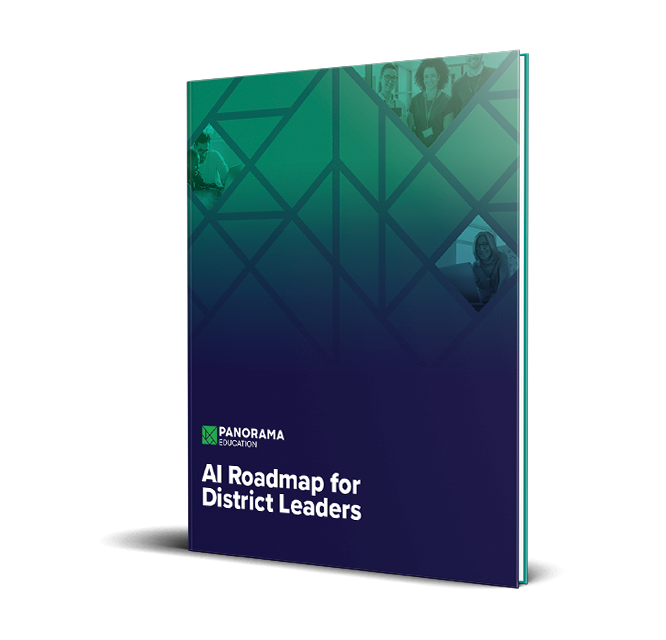
.jpeg)
